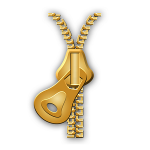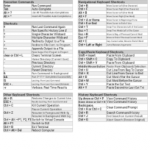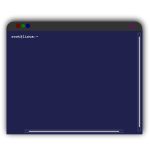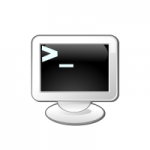
I must admit that when I first determined to learn how to create and un-package archive files from the command line, it was a daunting prospect.
It was not so much that I didn’t understand archival and compression, but I more about the fact that I didn’t understand the difference between the utilities available in the command line.
Once I figured out the difference, actually using each one turned out to be a piece of cake (and it was good, too!)
So to make a long story short, I’ve settled on the 5 utilities that can do pretty much anything you would ever want to do on the subject.

 In the
In the  Linux is a multi-user operating system.
Linux is a multi-user operating system. You had to know it was coming. What’s a shortcut without a cheat sheet full of them?
You had to know it was coming. What’s a shortcut without a cheat sheet full of them? The downside to using the command line is all the typing that it involves. Even if you enjoy typing, it can get tedious after awhile.
The downside to using the command line is all the typing that it involves. Even if you enjoy typing, it can get tedious after awhile. One of the best ways that I know to truly embrace the command line is to have some fun with it. And what is more fun than learning about the available tricks and shortcuts that can be used?
One of the best ways that I know to truly embrace the command line is to have some fun with it. And what is more fun than learning about the available tricks and shortcuts that can be used? You might not think about using
You might not think about using